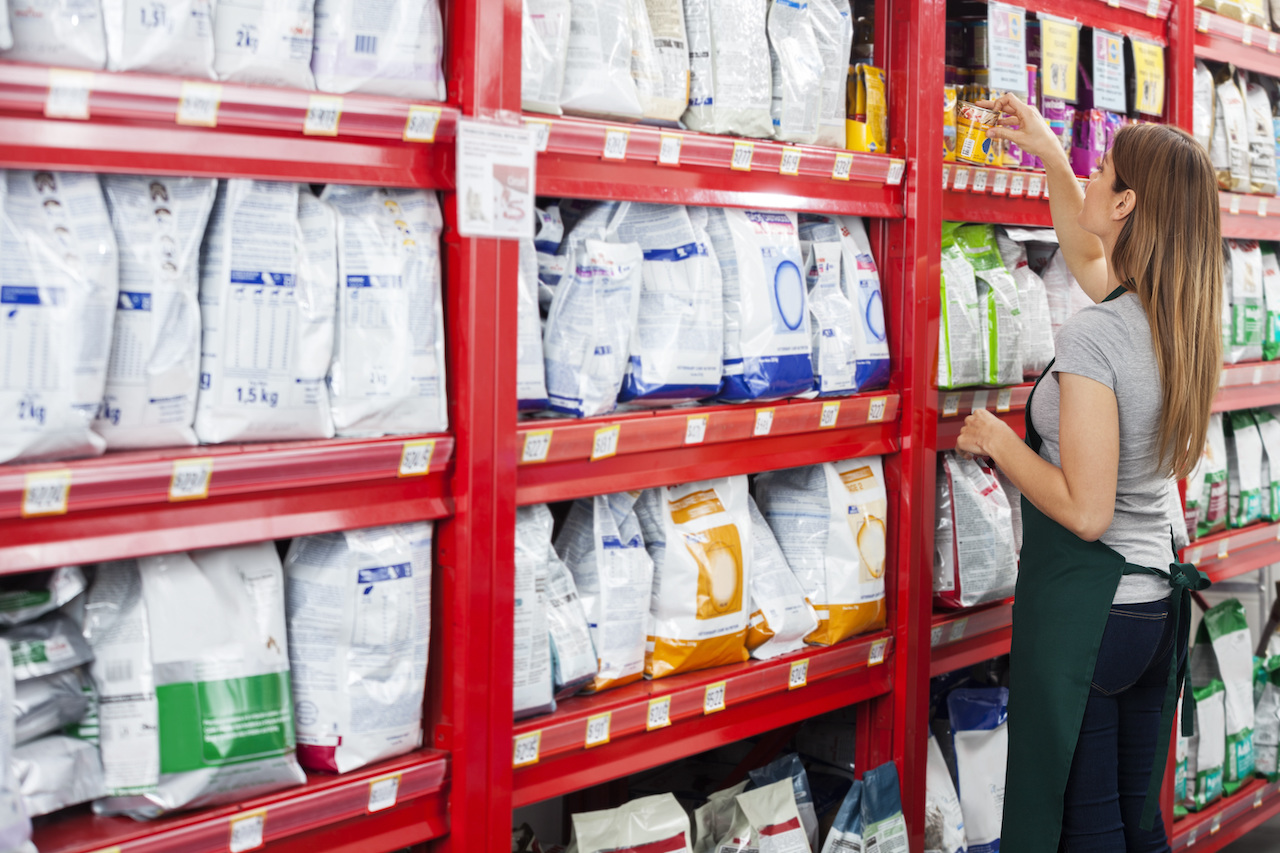A planogram is a visual representation of retail store products on display. It shows how products are kept on different shelves and aisles down to the smallest detail.
A lot of input goes into creating planograms specific to a retail store. This is often done by analyzing sales patterns, footfalls, demographic data, and organizational objectives. The planogram created can make successful recommendations about the number of "facings" a specific product should have on a retail display. The diagram will document which aisle the product should go into, how high or low it should be placed, and among which products it should be placed.
The resulting planogram is printed out as a visual – which is followed by the temporary hires who restock shelves and displays. This gives the top management access to understand future improvements on their planograms.
Legacy technology for image compliance
More and more retailers depend heavily on planogram compliance. However, retailers predominantly use legacy technology for planogram compliance. With legacy technology, image recognition rates are below 80%, and planograms go out of compliance at 10% per week.
According to RIS (Retail Info Systems), lack of planogram compliance loses US retailers $1 to $30 million in sales. On the other hand, a study by the National Association of Retail Marketing Services attributes an 8.1% lift in profit to planogram compliance.
According to RIS News, lack of compliance and poor retail execution can result in lost sales in the range of $1M to $30M for every retailer in the US.
Most retailers mostly rely on manual compliance checks to inspect their in-store shelves. Processes like analyzing SKU availability, measuring compliance, and determining brand competition and performance, when done manually, are time-consuming, error-prone, and limit the store associates from taking up customer-facing activities.
The digital and mobile technologies used to address these challenges continue to be insufficient due to many factors:
- varying in-store surfaces and illumination levels
- frequently changing product packaging
- multiple product orientations on shelves
- constraining in-store spaces
- varying camera resolutions and distortions and
- height of store associates (typically, the shelf image that a tall person captures tends to be stretched from the top).
Intelligent Store-Shelf Inspection Applications
Using artificial intelligence and machine learning can address several limitations that legacy systems present while creating planograms. Such applications allow for detailed planogram compliance, including measuring retailer compliance to vendor agreements, determining brand competition, enabling promotion effectiveness, identifying the percentage of occupied shelf space, and monitoring inventory availability.
At large, a few benefits of intelligent applications are:
- Automated compliance: Sophisticated image processing generates more accurate planogram compliance reports. A marginal increase in planogram compliance directly leads to better sales.
- Shelf replenishment management: By continuously monitoring shelves, the planogram compliance application provides constant updates on which items are moving quickly, thereby enabling inventory refilling by drones and robots.
- Planogram effectiveness measurement: Continuous monitoring enables retailers to measure the impact of planogram non-compliance on sales and provides crucial inputs to the planogram planning system for the next planogram reset and/or revision cycle.
Sustainable Planogram Compliance
Shoppers spend a mere few seconds in front of in-store shelves. So, it is crucial for retailers to see the shelf as a customer would. And it is quite apparent that while planogram automation was a significant step, retailers must go beyond and create sustainable planogram compliance.
For this to happen, retailers need systems that support them in their thinking – and advanced image processing and machine learning help them implement customer-centric initiatives which drive productivity and sales.


